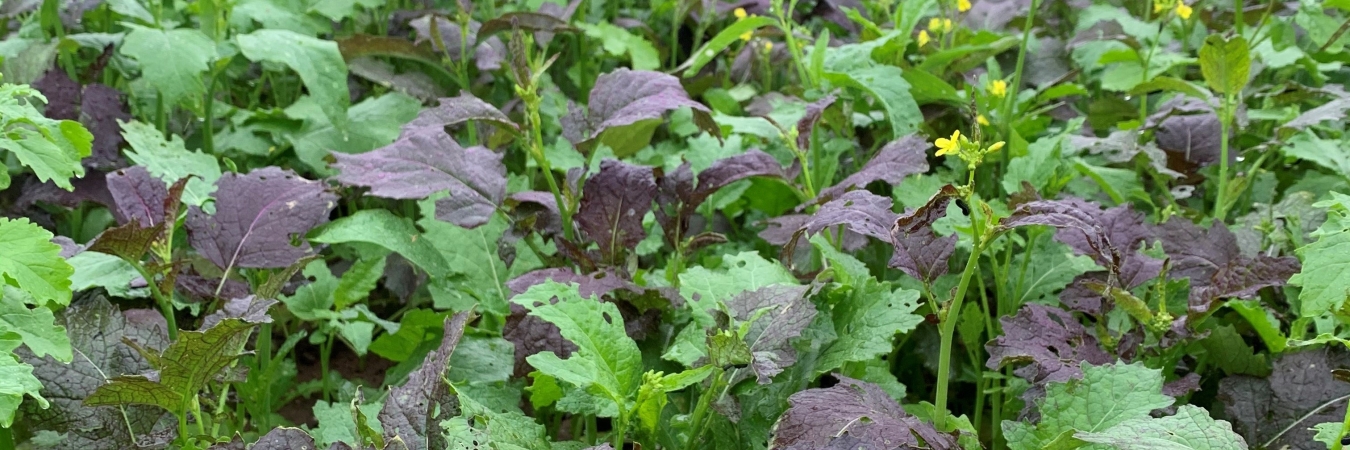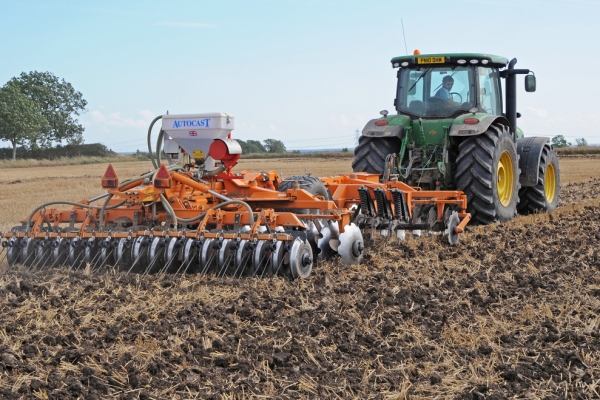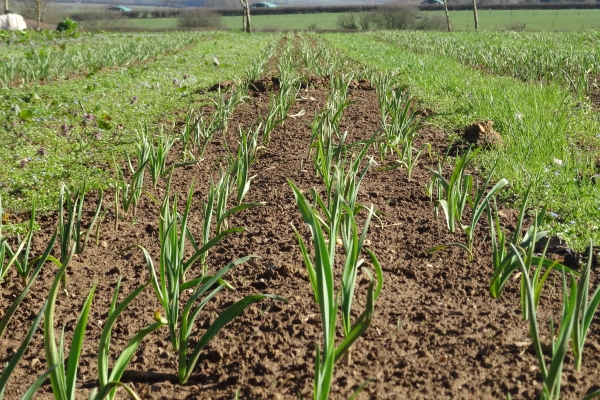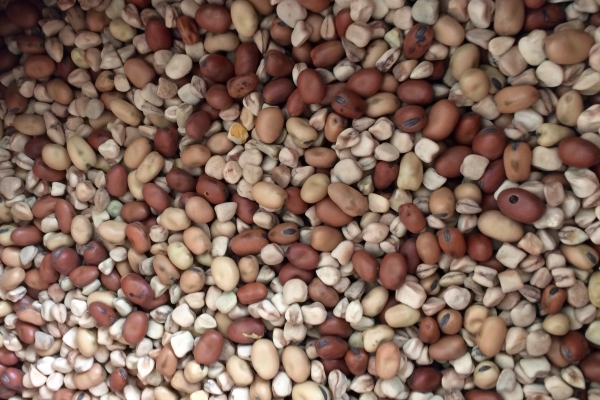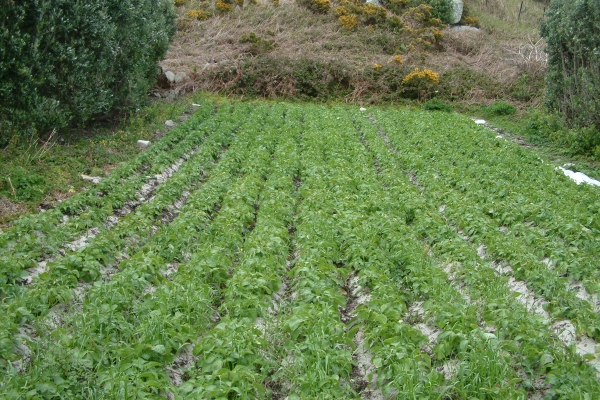The potential of biofumigation to control soil borne pests, pathogens and weeds
DiverIMPACTS practice abstract
Resource explained
Soil borne pests and pathogens can bring major constraints to crop production and their suppression often relies on synthetic chemicals that can be ineffective and/or expensive. A crop protection approach with broad efficacy and applicable for a wide range of crops and agronomic situations is needed. A group of UK growers who have been using and developing biofumigation and two industry experts in the field have explored the practicalities of applying the technique. This DiverIMPACTS abstract is based on their findings which were discussed in a workshop that formed the basis for the ‘Agroecology in Focus’ podcast. It explains what biofumigation is and contains useful detailed practical recommendations.
Findings & recommendations
- Biofumigation involves incorporating brassicaceous cover crops into the soil in the right conditions. The cover crops produce a range of secondary metabolites including glucosinolates which can help control pests. Brassicas also contain an enzyme called myrosinase. When combined with water and glucosinolates, this enzyme produces volatile compounds (isothiocyanates) which help limit the spread of certain pathogens (bacteria, fungi, nematodes) and weeds.
- The effects of crops grown as biofumigants can be variable – the impacts of the biomass and glucosinolates depend on how the crops are managed and the soil conditions. It is therefore important to make appropriate practical changes at the farming system level.
- Potential benefits from biofumigation include a reduction in soil borne pests and pathogens and weeds. Growing deep-rooted brassica cover crops can also bring other benefits such as improving soil structure, drainage and nutrient capture, and providing a refuge for beneficial pest predators. The isothiocyanates produced by the biofumigation process can reduce weed burdens.
- To maximise on glucosinolates, the choice of crop species and cultivar is important. Caliente (Indian mustard) has been found to be the most consistent in causing reductions in pests and pathogens.
